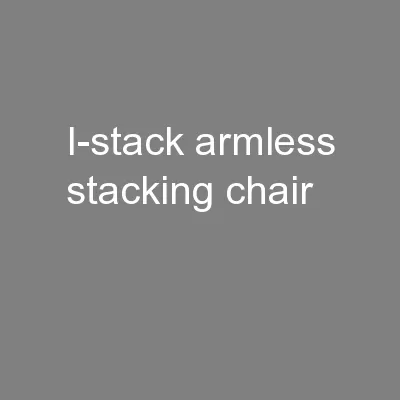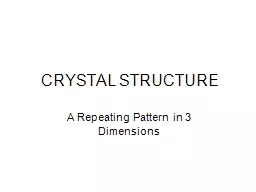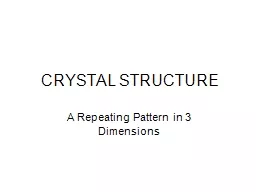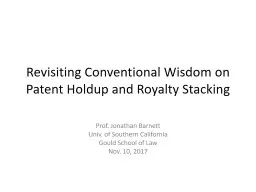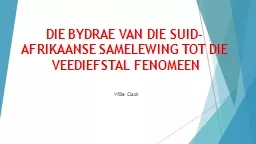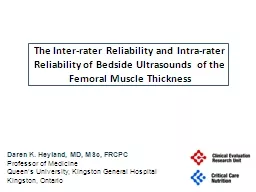PPT-Reliability-Constrained Die Stacking Order in
Author : lindy-dunigan | Published Date : 2017-08-14
3DICs Under Manufacturing Variability TuckBoon Chan Andrew B Kahng Jiajia Li VLSI CAD LABORATORY UC San Diego Outline Motivation and Problem Statement Modeling
Presentation Embed Code
Download Presentation
Download Presentation The PPT/PDF document "Reliability-Constrained Die Stacking Ord..." is the property of its rightful owner. Permission is granted to download and print the materials on this website for personal, non-commercial use only, and to display it on your personal computer provided you do not modify the materials and that you retain all copyright notices contained in the materials. By downloading content from our website, you accept the terms of this agreement.
Reliability-Constrained Die Stacking Order in: Transcript
Download Rules Of Document
"Reliability-Constrained Die Stacking Order in"The content belongs to its owner. You may download and print it for personal use, without modification, and keep all copyright notices. By downloading, you agree to these terms.
Related Documents


